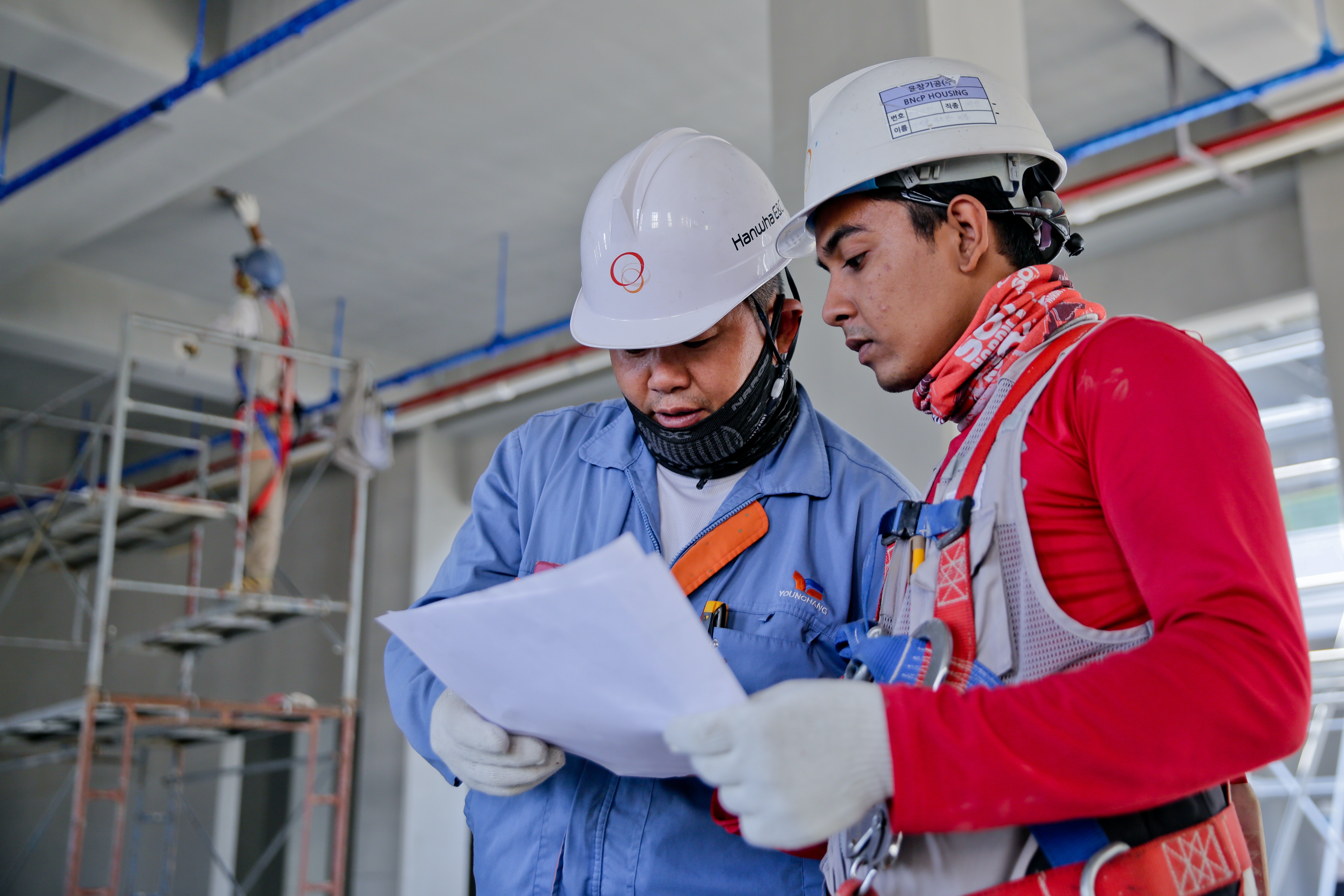Promoting Safety in an Aging Workforce
The makeup of the working population is changing. This shift in worker demographic is largely due to the lack of early retirement by the baby boom generation. Whether these workers are coming out of retirement seeking full- or part-time work or simply staying in the workforce longer, there is a great need to manage and maintain this population safely and effectively.
This starts with understanding the safety implications associated with this age group as well as preventative measures to keep them healthy, which can lead to a safer and more effective workplace for employees of all ages.
Who is an aging worker?

There is no set age that represents an older worker. An aging worker can be defined by a variety of parameters. They are full-time and part-time workers; temporary and permanent; can be found in almost any occupation. Older workers can be 45, 65, or even in their 70s.
As 76 million baby boomers continue to grow older, they are predicted to stay in or return to the workforce. According to the U.S. Bureau of Labor Statistics (BLS), the number of workers ages 55 and older will increase to 73% by 2020, while the number of younger workers will only grow 5%. Not only that, the BLS also reports that between 1977 and 2007, the employment of workers 65 and older increased by 101% while total employment only increased by 59%. For men over 65, the increase was 75% and for women, it was as high as 147%.
The BLS expects this growth in aging workers to continue through the next decade with workers over the age of 75 predicted to rise more than 80%.
Age Discrimination in Employment Act
The Age Discrimination in Employment Act of 1967 (ADEA) protects individuals who are 40 years of age or older from employment discrimination based on age. This applies to both employees and job applicants. Under ADEA, it is unlawful to discriminate against a person because of his/her age with respect to any term, condition, or privilege of employment. This includes the processes of hiring, firing, promotion, layoff, compensation, benefits, job assignments, and training.
Benefits that come with experience
Many employers are wary about hiring or even maintaining a primarily aging workforce at their organization. But there are many possible benefits. Employers must consider the full range of economic implications of an aging workforce including both cost and productivity factors. There are financial implications that suggest that aging workers can reduce costs and increase productivity at the workplace:
- Older workers are somewhat less likely to be disengaged and slightly more likely to be moderately or highly engaged at work than younger groups, according to a Towers Perrin Talent Report.
- Hiring or retaining older workers means enhanced skills such as experience, maturity and engagement stay in, or are added, to your organization.
- Due to turnover costs being as much as 50% of an annual salary for many positions, the benefits of maintaining a stable workforce and avoiding turnover often exceed the increased compensation and benefits costs of aging workers.
- Of course, average pay tends to increase with service and age, but it can also result from movement up the career ladder in an organization. Therefore, older workers are not necessarily more expensive in terms of pay.
- Even though cognitive declines can occur with age, knowledge and experience in a field can offset this. Communication and decision-making skills acquired with experience at an organization can make up for a decline in manual dexterity.
- Although health care claims costs do tend to increase with age, and are on average higher for workers nearing retirement age, costs can also vary due to many underlying factors. A study conducted by the University of Michigan Health Management Center found that age may be less of an influence on increased healthcare costs than factors such as individual health risk and healthcare utilization.
- Older workers are not more likely to get injured or sick than other workers. They also have fewer avoidable absences, a lower turnover rate, and fewer work-related accidents than younger workers. But in the event that they have an accident on the job, they are much more likely to have a serious injury.
Addressing safety concerns
Despite older workers having a lower injury rate, the fact that their work-related injuries tend to be much more serious than those incurred by their younger co-workers is a major safety concern. Age-related changes and declines can include:
- Shorter memory
- Slower reaction time
- Decline in vision and hearing
- Poor sense of balance
- Denial of decreasing abilities
These limitations can lead to many injury types for older workers:
- Falls caused by poor balance, a decline in vision, slowed reaction time, or other outside distractions.
- Sprains and strains from loss of strength, endurance, flexibility, and balance.
- Cardiopulmonary overexertion from extreme heat or cold, heights, or confined spaces.
- Injuries incurred from repeating the same task for years. For example, truck drivers who experience a loss of hearing from road noise and driving with the windows open.
There are signs to look out for suggesting that aging workers might need some accommodations to continue to be successful on the job:
- Physical signs such as fatigue, tripping, or noticeable loss of balance.
- Feedback from other employees that the worker has been declining in performance.
- Psychological or emotional signs such as irritability or loss of patience with repetitive or new tasks.
- History of minor work-related injuries or “near misses” with machinery or during other tasks. As well as the pattern and number of sick days.
Strategies for managing aging workers
There are many ways to help keep your aging workers safe in the workplace. By taking a proactive approach and making some workplace modifications, you’re a step toward ensuring the safety of all your workers. Consider addressing the challenges associated with aging workers by doing the following:
- Encourage all employees to participate in an exercise program. This could potentially reduce the risk of experiencing an injury on the job.
- Rotate work assignments so that aging employees have less exposure to repetitive motion risks. Rotating routines periodically can also improve employee morale by avoiding boredom.
- If possible, eliminate heavy lifts, long reaches, and elevated work from ladders.
- Facility maintenance helps ensure a safe work environment. Poorly guarded machinery or other office equipment with makeshift repairs can result in injuries, especially for aging employees.
- A job safety analysis and an ergonomic assessment can be used to identify possible improvements to a work environment. These tools can identify potential hazards and determine the safest way to perform a job.
- Falls alone are responsible for more than one-third of all injuries incurred by workers 65 and older. Because of this, prioritizing slip and fall prevention at the workplace is very important. Installing skid-resistant material for flooring and stairs is a great step.
- Design work floors and platforms with smooth and solid decking that still allows for some cushioning.
- Utilize telephone equipment with the capability to adjust the volume.
- There is a connection between increased healing time and age, so in the event that one of your aging workers does get injured, remember that it may take the employee longer to heal than a younger worker with a similar injury.
- Improve lighting and color contrast around the workplace as vision is typically compromised with age.
- Ultimately, make safety a priority. Senior management must be visible in the safety effort and must support improvement.




